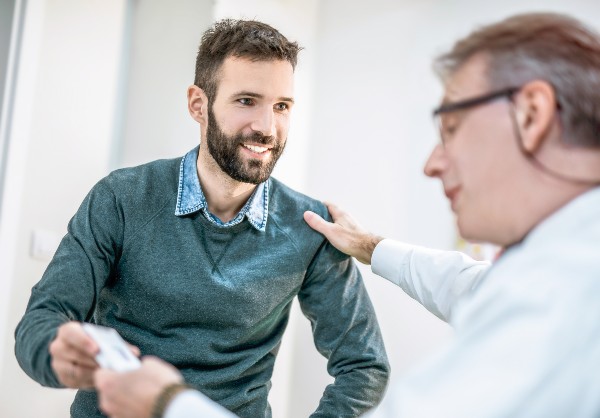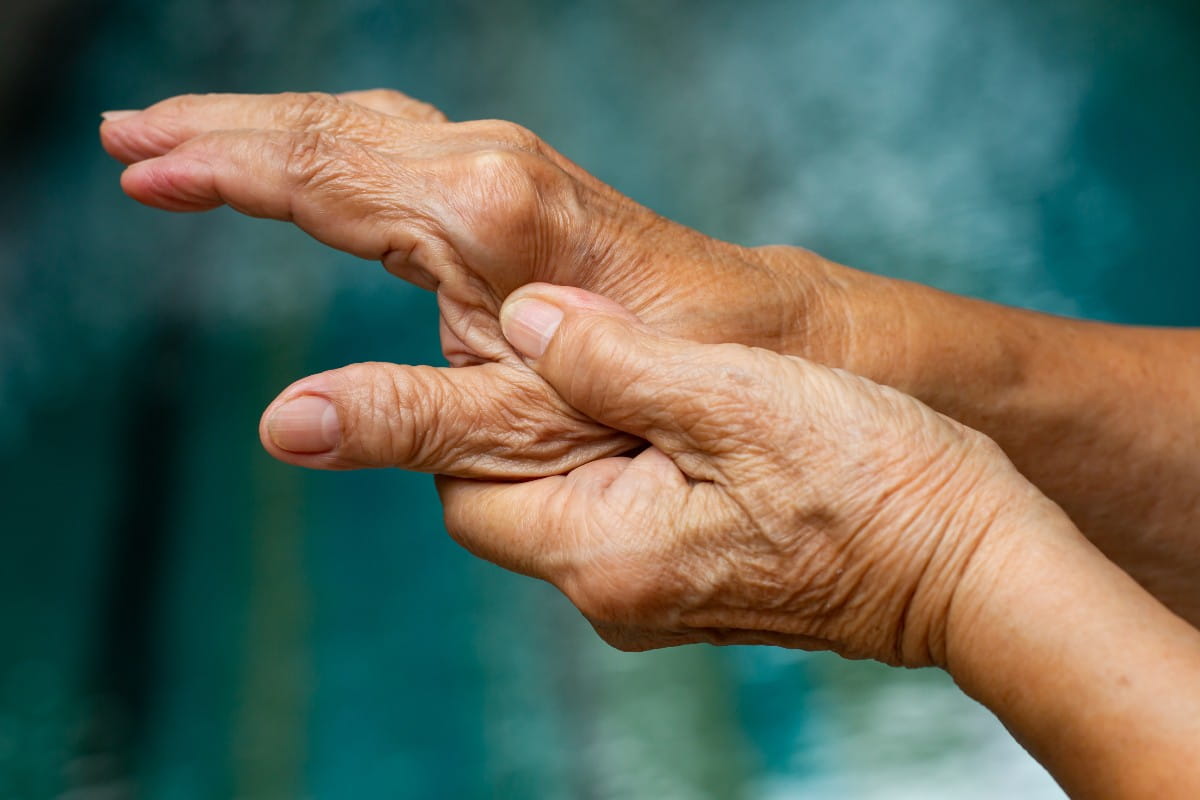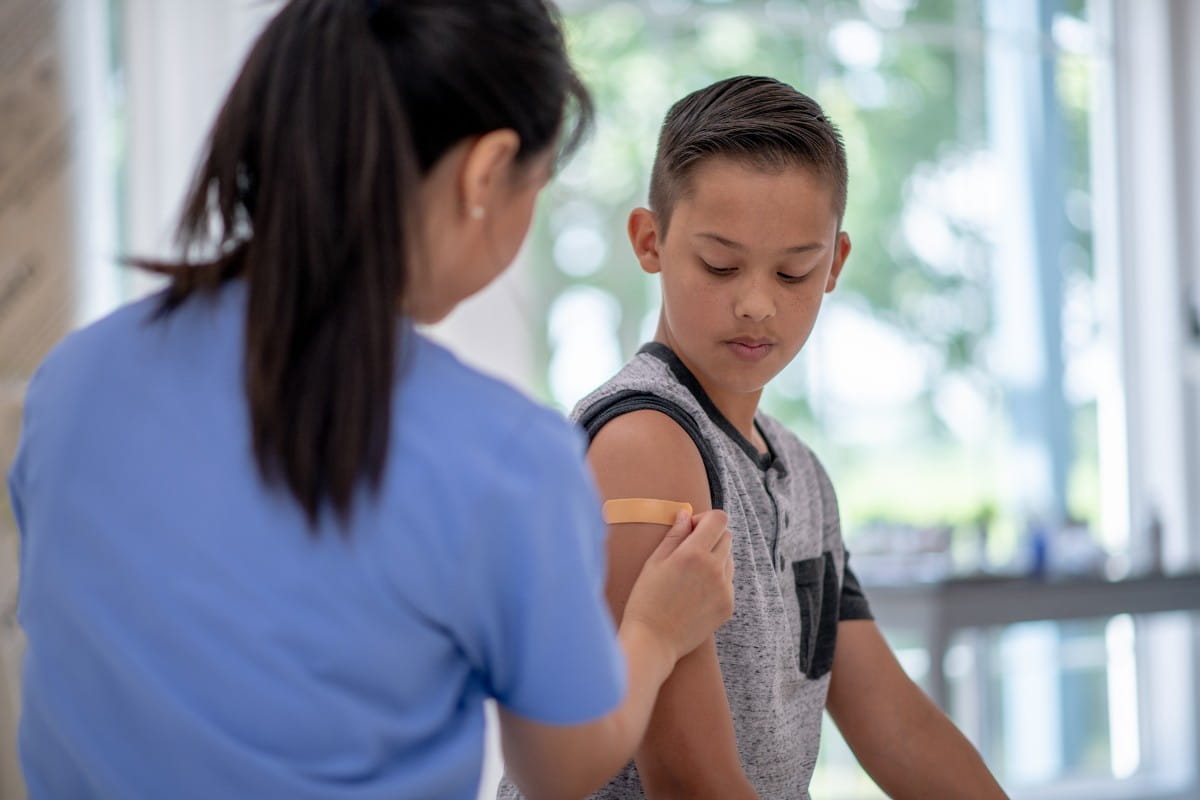Did you know that there are two main types of high blood pressure, or hypertension – primary and secondary? While they’re both diagnosed by checking your blood pressure, the causes and treatments are different.
“Primary, or essential, hypertension is the more common type of high blood pressure,” says Kimberly D. Maigi, a family nurse practitioner with Riverside Primary Care Norge. “Typically, it develops as you get older. But secondary high blood pressure is caused by either another medical condition or when you use certain medicines.
“Secondary high blood pressure is much more unusual,” Maigi continues. “It only occurs in 5-10% of hypertensive patients.”
Ms. Maigi explains the symptoms and diagnosis of primary and secondary hypertension, along with causes, treatment and when to see a doctor.
Symptoms and diagnosis
“Usually, high blood pressure has no symptoms,” Ms. Maigi explains. “Because of this, we often call it the silent killer.”
The only way to know if you have hypertension is to get annual blood pressure checks from your health care provider or check your blood pressure at home. If your doctor is concerned, they’ll take two or more readings at separate appointments before making a diagnosis.
If your blood pressure numbers are less than 120/80, then your blood pressure is normal. If your blood pressure is higher, there are several levels of concern:
- Elevated blood pressure: 120 – 129 systolic (upper number) and less than 80 mm Hg diastolic (lower number) – you’ll probably develop high blood pressure unless you take steps to control the condition
- Hypertension Stage 1: 130-139 systolic or 80-89 mm Hg diastolic – your doctor will likely prescribe lifestyle changes and may prescribe blood pressure medication
- Hypertension Stage 2: 140/90 mm Hg diastolic or higher – your doctor will prescribe a combination of blood pressure medications and lifestyle changes
- Hypertensive crisis: Over 180/120 mm Hg diastolic – medical attention is required immediately
To receive a diagnosis of secondary hypertension, your doctor will consider if your blood pressure is higher than normal and you:
- Are younger than 30 years old.
- Still have hypertension even though you’ve used three antihypertensive drugs. This is called resistant hypertension.
- Have a sudden increase of blood pressure but you’ve never had high blood pressure before. This is called severe hypertension.
- Your blood pressure doesn’t drop more than 10% at night, compared to your daytime blood pressure.
What causes primary and secondary hypertension?
Primary hypertension usually develops over time. Some of the causes are:
- Having a high fat diet
- Being overweight
- Not getting enough exercise
- Drinking a lot of alcohol
- Smoking tobacco
“Secondary hypertension isn’t typically caused by lifestyle choices,” says Ms. Maigi. “Instead, it’s usually caused by a medical condition that can’t be prevented.”
Some causes of secondary hypertension are:
- Obstructive sleep apnea
- A side effect of medication
- Kidney disease
- Adrenal disease
- Hyperparathyroidism
Treatments for primary and secondary hypertension
For primary hypertension, most treatments include making healthy lifestyle changes and taking medications.
For secondary hypertension, treatment depends on addressing the cause. Typically, medication is prescribed to treat the condition that caused the hypertension. Some people may also need to take high blood pressure medication until the underlying condition is treated successfully. For many, their high blood pressure can be cured once the medical condition is properly treated.
When to see a doctor
If you’re experiencing chest pain, shortness of breath or have blurred vision, call 9-1-1 or visit your nearest emergency room. You could be in a hypertensive crisis.
To make schedule an appointment with Ms. Maigi to check for hypertension, visit Riverside Primary Care Norge.



